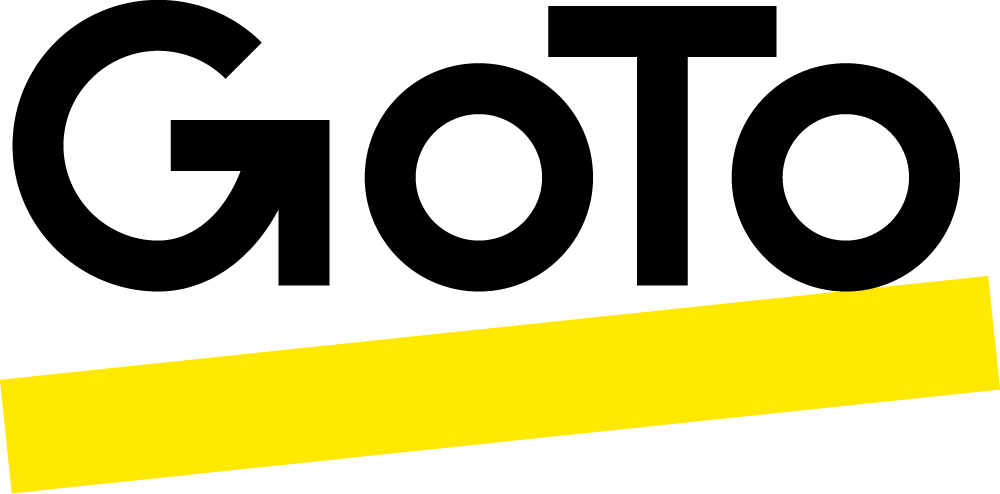As nearly half of Americans are now fully vaccinated against COVID-19, we are beginning to see light at the end of a very long, very dark tunnel. Restaurants are returning to full capacity. Entertainment and sporting events are beginning to open their doors to spectators and fans. And companies of all kinds began to call workers — many who had been working from home for over a year — back into the physical office.
There’s just one problem. Many of these workers don’t want to come back.
That sentiment should be a loud and clear call to action for companies concerned about how to recruit top talent in an increasingly competitive talent market.
According to a Forrester Consulting study commissioned by LogMeIn, 60% of employees are willing to accept less pay in exchange for more flexibility and 83% say they would be willing to stay with their current employer if they can have that flexibility.
But what if employers don’t offer that flexibility? Some dire predictions have been circulating as businesses begin the process of getting back to “normal.”
The Great Resignation
It’s being referred to as the “great resignation.” If employers force full-time in office work, many will simply choose to take their talent elsewhere. In fact, data from the World Economic Forum indicates that 40% of employees are thinking of quitting their jobs.
But taking a closer look at the demographics of respondents reveals that younger workers — those aged 18 to 25 — are even more likely to jump ship if they lose the flexibility they’ve become accustomed to. A Microsoft report, The Next Great Disruption Is Hybrid Work – Are We Ready?, suggests that 54% of Gen Z workers are poised to make an exit.
With this compelling data, employers are taking different approaches to when — and how — they’re asking employees to return to their physical work environments. The finance industry is trending “back to normal” and back to the office, while the tech industry favors flexible or hybrid options.
Some don’t seem concerned about the risk of taking a hardline approach. Morgan Stanley’s CEO, James Gorman, for instance, has been quoted as saying: “If you can go to a restaurant in New York City, you can come into the office. And we want you in the office.”
Others — including us — are committed to a flexible approach. I know this isn’t easy. I know from the leaders I talk to that we’ve all had our fair share of anxiety and fear over the past 18 months. But what we’ve come to realize is that a bit of anxiety and even fear can be healthy, if we listen to it. It can help us empathize with our prospective workforce who have battled through many of the same struggles. It may be uncomfortable at times, but we know we’ll end up in a stronger position than when we started.
How Employers Should Respond in an Employee’s Market
We are in a candidate’s market, where employees have the choice. The new way to win talent is to adapt to the current market, not try to change it. We’re responding to this shift by focusing on these guiding principles:
- Trust talent. If you’re worried about remote employees, you likely didn’t hire well. If you find the right people, they can do great work from anywhere.
- Do the research. Market research tells us where talent is going. Our approach is to broaden the talent pool and therefore create a more diverse and inclusive pool. We’re embracing the changing market instead of resisting it. Adaptation always wins — ask Darwin.
- Improve work scope. Traditionally, head count plans were built around budgets and strict org structures. By better understanding the work scope, you can hire a nimble team that adapts to business priorities in a global landscape, no matter where they physically sit. Without geographic constraints, talent possibilities grow.
- Stay ahead of the curve. In the tech world, what was once a differentiator soon becomes the standard. Remote-centric work is the new standard, and it’s up to us to push the boundaries further to see what’s next.
- No take-backs. When humans are given choice and then it is taken away, it’s instinct to resist. The world has shifted whether we like it or not and employees have tasted freedom.
One thing is clear. For most employers it will be difficult, if not impossible, to return to the same work model that was in place prior to the pandemic — especially if that work model is based on a “butts-in-seats” approach.
There has been a broad range of responses from employers ranging from the “back to business as usual” stance to our LogMeIn CEO’s approach which favors a “remote-centric strategy.”
It remains to be seen how the impact of these varied approaches will affect employers’ ability to compete for talent. But based on much of the recent research we’ve seen, and acknowledging our obvious bias, we have to believe that companies that are willing to remain flexible and leverage the best of both remote and in-person talent will come out on top.
LogMeIn is leading the remote-centric movement — consider joining us!





